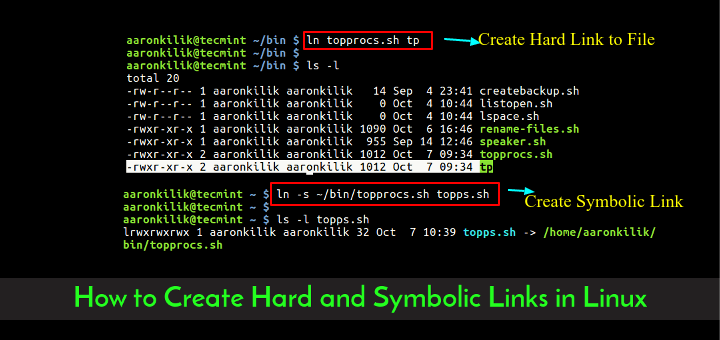
Error reporting is controlled by Windows Error Reporting (WER) settings.Īligns sections within the output file on multiples of a specified value.Ĭreates a program that can be loaded only at its preferred base address.įorces a link to complete even with unresolved symbols or symbols defined more than once.Ĭreates an image that can be hot patched.īoth of these options specify generation of a. Specifies whether to generate an executable image that's rebased at load time by using the address space layout randomization (ASLR) feature.ĭeprecated. Sets default flags on dependent DLL loads. Searches the specified library when external references are resolved.Ĭauses the delayed loading of the specified DLL. Passes a module-definition (.def) file to the linker. Specifies which data to include in debugging information.
#Symbolic linker update code#
Specifies whether the linker will apply the SuppressUnmanagedCodeSecurity attribute to linker-generated PInvoke stubs that call from managed code into native DLLs. Specifies the threading attribute to apply to the entry point of your CLR program. Preserves the last error code of functions that are called through the P/Invoke mechanism. Sets the type (IJW, pure, or safe) of a CLR image. Sets number of cl.exe threads to use for optimization and code generation when link-time code generation is specified.

Marks the binary as CET Shadow Stack compatible. Specifies that a Microsoft intermediate language (MSIL) module should be imported into the assembly.Įmbeds a managed resource file in an assembly. Specifies whether the app must run within an appcontainer process environment.Īdds the DebuggableAttribute to a managed image. Linker options listed alphabetically a response file. You can use the comment pragma to specify some linker options.
#Symbolic linker update how to#
For details on how to specify each option on the command line or in Visual Studio, see the documentation for that option. On the command line, linker options aren't case-sensitive for example, /base and /BASE mean the same thing.


The following table lists options for LINK.exe. LINK.exe links Common Object File Format (COFF) object files and libraries to create an executable (.exe) file or a dynamic-link library (DLL).


 0 kommentar(er)
0 kommentar(er)
